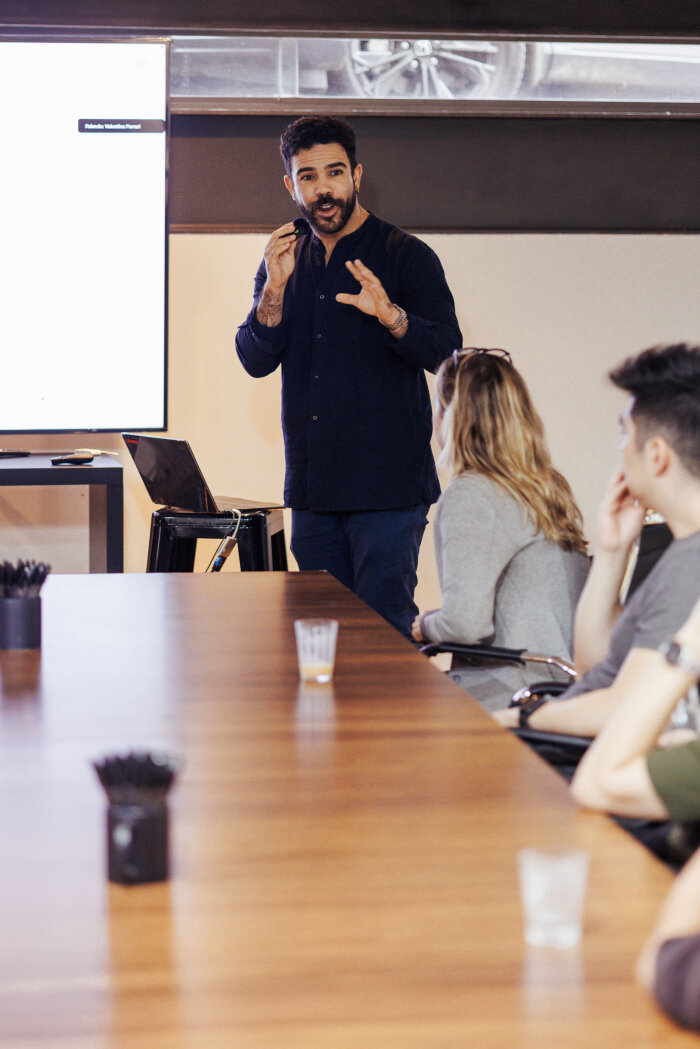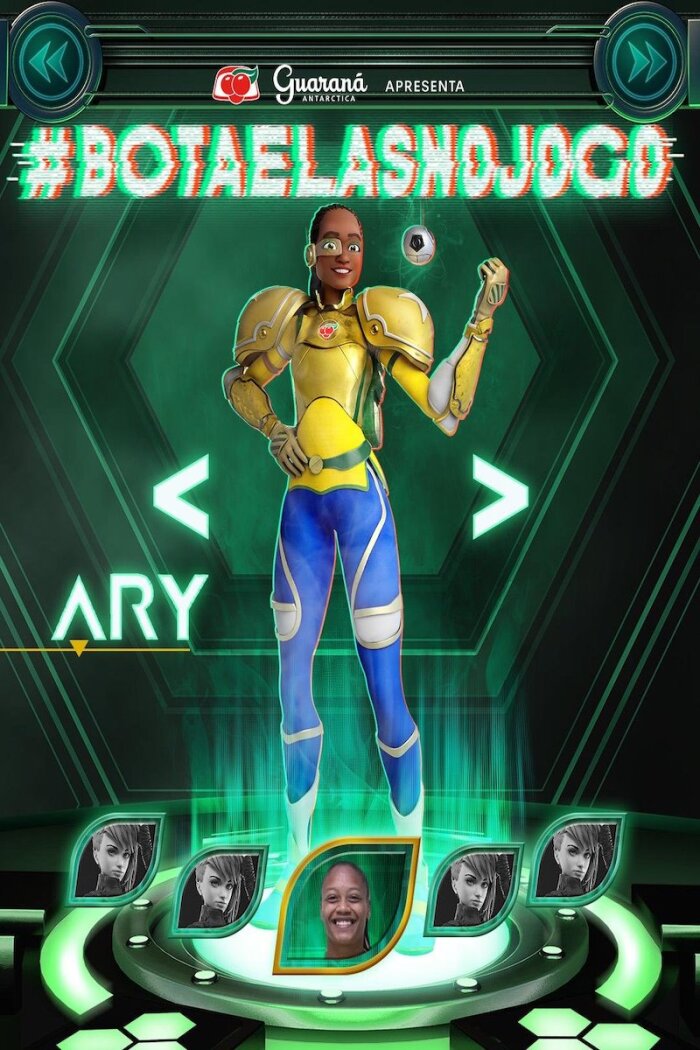
Today, Behind the Bylines features Peter de Albuquerque, cultural strategist and columnist for Brazil¡¯s Meio & Mensagem, joining the Epica Awards jury for the first time. Drawing from a rich background in branding and creative leadership, Peter shares his views on journalism¡¯s role in shaping the industry, why voting with intention matters, and the power of culturally resonant campaigns.

What inspired you to become a communication and creative expert, and what has your journey looked like so far?
I arrived at the communication industry, and into editorial and opinion writing, through another path: the path of strategy, branding, and cultural listening. I¡¯ve always been fascinated by what moves people. I began as a creative, evolved into a marketing leader, and today I embrace a more integrative and narrative-driven role, where I act as a creative thinker and culture specialist.
As my work with global organizations deepened, from Ambev to independent labs, I began writing and curating reflections that transcended business. My voice found a home in platforms like Meio & Mensagem, where I publish essays, festival coverage, and critical analyses that connect creativity, behavior, and transformation, always with the intent of provoking the industry toward new directions.
You collaborate with publications like Meio & Mensagem. How are they¡ªand the Brazilian communication landscape more broadly¡ªevolving to stay relevant in today¡¯s fast-changing media environment?
I contribute as a columnist and independent cultural voice to Meio & Mensagem. Our collaborations usually focus on leadership themes and global trends¡ªespecially from events like SxSW, always through a lens that connects business, society, and a naturally inclusive perspective.
I see the Brazilian media landscape increasingly embracing plural narratives. Other platforms, such as UOL, PropMark, Fast Company Brazil, are doing the same: offering more humanized, specialized perspectives that resonate with the core issues of our time. In an age driven by speed, many outlets have chosen to prioritize resonance over reaction. That¡¯s exactly where my work fits in.
How do you personally stay inspired and informed in your day-to-day work? Any rituals, routines, or sources you rely on?
I move frequently between the global and the local. I stay close to international festivals, niche newsletters, emerging creators, and also small local caf¨¦s, where I often hear the insights that drive behavior. I disconnect weekly, at least for one entire day. And I trust silence as much as I trust data. Believe me: Deep silence and calm observation is the loudest source of insights.
As a brand new member of the Epica Awards jury, how will you approach evaluating and selecting the best creative work from around the world?
With curiosity, responsibility, and care. My time on the client side, especially leading culture and creativity at Ambev and B2B branding at BEES, taught me how hard it is to make something really new inside of a powerful corporation. I had the privilege of leading awarded cases at Cannes Lions as well, so I know how much thought goes into the details and choices. But now, from an independent perspective, I carry no agenda that is directly connected to those matters or financial interests. So my approach is impartial, and maybe that¡¯s my greatest strength as a juror. I believe that votes are not just recognition: they mean direction. They define what this industry will value next. So I intend to vote with intention, to push the lens wider.
How important is the relationship between journalism and the creative community, and how can it be further strengthened?
Journalism records the present with an intentional approach. Creativity imagines the next, ideally also with an intentional approach. One needs the other to stay real, and I see myself in both. I believe the bridge between them should be built with transparency, co-creation, a good dose of self-criticism and fewer silos. In my work, whether leading strategy, curating content, or writing for media, I¡¯ve always tried to keep that bridge alive.
Can you tell us about one or two campaigns that really stuck with you ¨C and why?
¡°The Cost of Beauty¡± by Dove still haunts me ¡ª in the best way. Its courage to embrace discomfort, and its delicate but firm portrayal of emotional harm, made it more than a campaign: it became a cultural intervention. It reminded me that storytelling can be a form of care, and that brands can inhabit emotional spaces with dignity.
Journalism records the present with an intentional approach. Creativity imagines the next, ideally also with an intentional approach. One needs the other to stay real...

Another one that shaped me from within was ¡°Bota Elas no Jogo¡±, by Guaran¨¢ Antarctica. I had the privilege of supporting it during my time leading culture and creativity at Ambev. It wasn¡¯t just a campaign ¡ª it was a social turning point. It fought for women¡¯s visibility in football not with slogans, but with structural effort. And it proved that when brands take a stand, they don¡¯t just win awards, they shift paradigms.
What¡¯s one trend in advertising or journalism that you think is overhyped ¨C and one that deserves more attention?
Campaigns that treat AI as protagonists, or that replace things which could still be done through recorded or human-centered approaches, feel overhyped to me. At this ¡°first phase¡± of global and broad AI awareness, using it so unlimitedly can be problematic. These ads may retain attention at first, but in the long run they might easily take away credibility, for ¡°pretending to be.¡± Many of us still confuse automation with imagination. In contrast, in my years as a guest specialist for MESA, a renowned global agile methodology created by Barbara Soalheiro in Brazil, I¡¯ve experienced how co-creation can reveal ideas that no single agency or brand would reach alone. That kind of process still needs more protagonism and stage time.
What¡¯s the biggest challenge facing the creative industry today ¨C and how might it be addressed?
The industry is still addicted to performance rather than permanence, and on short term results. We celebrate what goes viral, but rarely what evolves society. I believe the solution lies in redistributing attention to deeper briefs and systemic thinking. The work that will matter most is the one that solves with soul.
What's the biggest change in the Brazilian advertising scene over the past few years?
A cultural decentralization. We¡¯ve gone from singular narratives to plural voices, regional creators stepping forward, reshaping language and relevance. And yet, there¡¯s still friction. True transformation takes time. But Brazil is walking a path where identity is no longer a background, but the strategy itself.
Who are your role models or mentors in the communication and creative worlds? And what¡¯s the best piece of career advice you¡¯ve ever received?
I admire thinkers and creatives who refuse to stay within the boundaries they were handed, people who move fluidly between creativity, the arts, and journalism. Greg Hoffman, Washington Olivetto, Fred Gelli, Ana Paula Passareli, L¨¢zaro Ramos, M.M. Izidoro, each has inspired me in different ways.
Even in the business side of creativity, I look up to those who value craft as much as context. Recently, I had the chance to study with the brilliant Sir John Hegarty, and he challenged me to pursue honesty and consistency, rather than originality. That advice changed how I approach everything.
What do you want your participation in this jury to leave behind?
I want my votes to act like mirrors and compasses, elevating the generous, the empathic and the transformational. I believe that juries don¡¯t just choose the best work, they rewrite the narrative of what¡¯s worth doing. That¡¯s the real creative act, and I¡¯m here to participate fully.
Brazil is walking a path where identity is no longer a background, but the strategy itself.